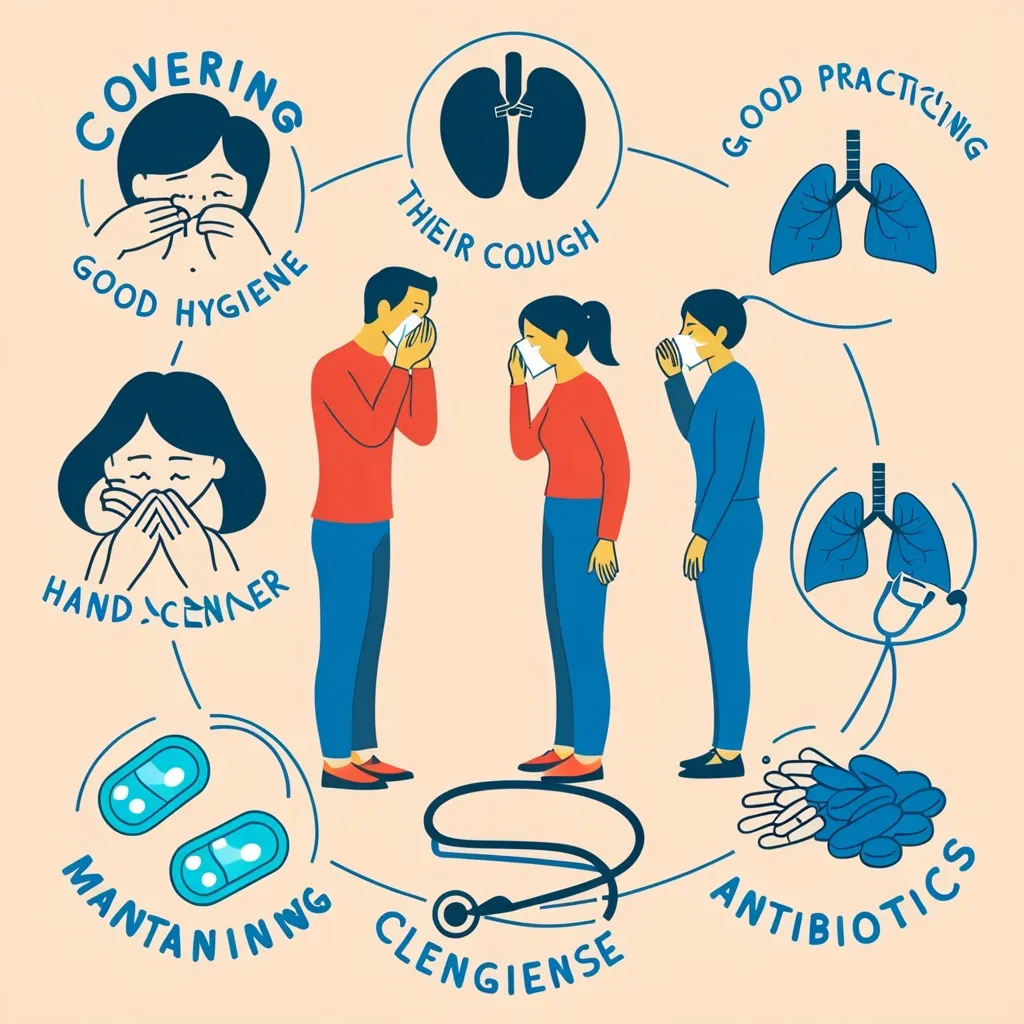Alright, let’s dive into this topic about Tuberculosis, or TB. It’s a pretty serious infectious disease caused by a sneaky bacterium called Mycobacterium tuberculosis. TB mainly targets the lungs but doesn’t shy away from messing with other parts too, like the brain, kidneys, and spine. It’s super important to know a bit about TB because it can really help with both preventing and treating it effectively.
How TB Makes the Rounds
Picture this: someone with TB coughs, sneezes, laughs, or even just talks, and tiny droplets filled with TB bacteria float into the air. If you breathe in these droplets, you could be on your way to coming down with TB. But the good news is, you can’t catch TB just by touching things that an infected person has touched. Now, folks with weak immune systems—think those with HIV/AIDS—are at a higher risk of catching TB.
Spotting the Symptoms
TB’s symptoms are a bit of a slow burn. The tell-tale sign is a persistent cough that refuses to go away for more than three weeks, often bringing mucus or even some blood along for the ride. Other party crashers are night sweats, high fever, weight loss, loss of appetite, and a general feeling of “meh.” If TB decides to wander away from the lungs, you might see swollen glands, body aches, and joint pain as well.
The Tale of Two TBs: Latent and Active
TB comes in two flavors: latent and active. Latent TB is like a sleeper cell; the bacteria are in your body but aren’t actually causing any bother. This form is not contagious. But if your immune system takes a nosedive, latent TB can wake up and morph into active TB. And active TB, my friend, is contagious and needs treatment pronto.
Getting a Diagnosis
To diagnose TB, doctors piece together a bit of detective work. They’ll dig into your medical history, run a physical examination, and order some tests. You might get a chest X-ray, ultrasound, or CT scan to scope out any lung damage. Sputum samples—the stuff you cough up—are often checked for TB bacteria. Sometimes, you might need a Mantoux test (a skin test) or blood tests to sniff out latent TB.
The Plan for Treatment
Treating TB involves a steady course of antibiotics, usually for at least six months. For latent TB, the treatment period is shorter—about three to four months. It’s absolutely crucial to stick with the antibiotics until the end, even if you start feeling better before you’ve finished them all. Cutting the treatment short can open the door to drug-resistant TB, which is a whole new ball game.
In more severe cases, like when TB spreads to the brain or spinal cord, additional treatment like steroids may be needed. For those dealing with multidrug-resistant TB (MDR-TB), the treatment gets more complicated and can drag on for up to two years.
Dodging TB
Preventing TB is all about being smart. Avoid crowded places and areas with poor ventilation, especially if you’ve been around someone with active TB. If you’ve been in close quarters with someone with TB, get yourself tested and start preventive treatment if needed. There’s also a vaccine available for high-risk groups, including healthcare workers and people living in TB hot zones.
Lifestyle Tweaks
When you’re on TB treatment, a few lifestyle adjustments can make a big difference. Ditch the cigarettes, drink plenty of fluids, and get loads of rest. Those dealing with nontuberculous mycobacterial disease (NTM) should steer clear of environmental sources of infection like dirty water and soil.
Sometimes, Surgery Steps In
Most TB patients won’t need surgery, but some do. In cases with complications, surgery might be required to remove infected tissue or fix lung damage. Patients undergoing surgery will get thorough pre-op care and post-op monitoring to make sure they’re on the mend properly.
Team Effort in TB Care
TB treatment often pulls together a dream team of healthcare pros. Think pulmonologists, infectious disease specialists, thoracic surgeons, and imaging experts. This kind of all-hands-on-deck approach ensures that patients get a well-rounded and comprehensive treatment tailored to their specific needs.
So, in a nutshell, TB is no joke and needs swift diagnosis and treatment. Knowing the symptoms, how it spreads, and the treatment options is half the battle. By following the treatment plan diligently and making the necessary lifestyle changes, you can boost your chances of kicking TB to the curb and avoiding complications.






